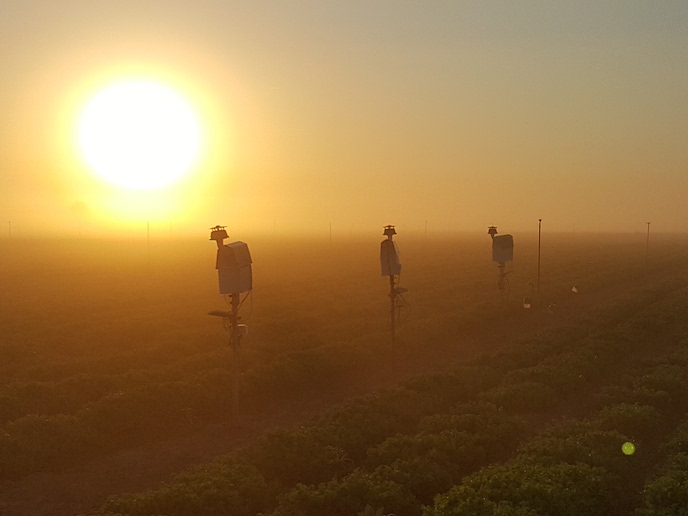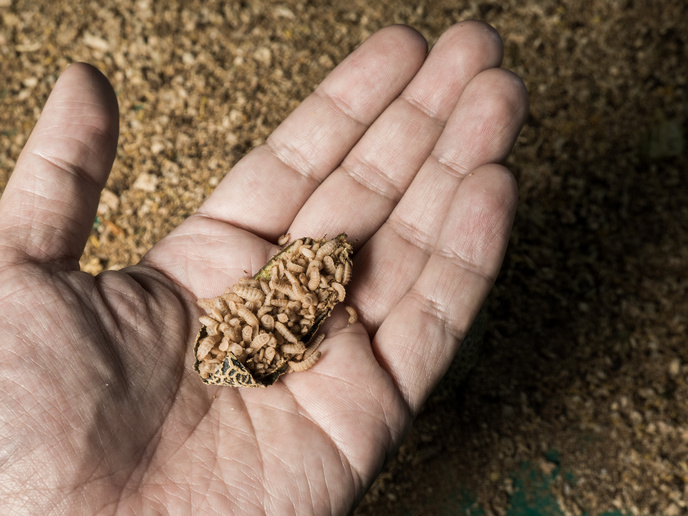For a bug-free melon production zone
A study designed to understand the threat from mixed viruses to melon production has provided new information for melon growers to reduce viral damage to their crops. Although the project coordinator says he can’t yet suggest new general recommendations for melon growers on the back of the research, what the project has achieved is the first in-depth analysis of the associated risks. The EU-funded MelonMixVir initiative studied the dual effects of Watermelon mosaic virus (WMV) and Cucurbit yellow stunting disease virus (CYSDV) on melon productivity. MelonMixVir recognised that while pathogenic viruses were collectively responsible for economic losses worldwide, existing studies focused only on a few individual viruses. “This information should definitely be incorporated into future decision-making on the issue,” says Dr Juan Jose Lopez-Moya, of the Centre for Research in Agricultural Genomics (CRAG) in Barcelona. For comparison purposes, the researchers used uninfected controls, as well as samples infected by only one each as opposed to both the viruses. The results will soon be published as scientific papers, but Lopez-Moya revealed that their most interesting observations during the study came from the mixed-infection plants. “Initially, the viruses exhibited what is known as synergistic effects, with the presence of CYSDV exacerbating the symptoms of WMV. However, after this initial burst of severe disease, the plants later began to recover and regained moderate growth and vigour, a situation that can be described as antagonism,” he explains. What was clear was that follow-up experiments were needed, at different times in the cycle, to fully understand the complex interactions between the two viruses. These results have, however, offered an important lesson for future work, Lopez-Moya says, which he believes should involve other pathogens, and take account of relevant stress conditions. In melons, virus-free seeds are used every season in Europe, and the viral infection comes from insect vectors during the growing season. In light of this fact, the researchers also examined the risks posed by natural insect carriers of infection – WMV by aphids, and CYSDV by whiteflies. “Our observations suggested lower and higher transmission rates respectively for CYSDV and WMV in the case of mixed infections, despite the virus accumulations being the opposite (high and low) in each case,” Lopez-Moya says. The work was conducted in collaboration with private seed company Semillas Fitó to put the research to practical use, and they kept the researchers up to date throughout the project with information about virus epidemics in the main melon-growing areas of Europe. The company also helped the researchers conduct outreach activities in the Almeira region, an important agricultural area in southern Spain. Ideally, what is needed for the future is a consortium to gather expertise on different pathogens, genetics of crop plants, and insect vectors, to tackle more ambitious projects. Lopez-Moya concludes, “For now, our data will be communicated to growers and stakeholders to boost the production of healthier melons, by reducing the risks of these two viruses. Ultimately, says Lopez-Moya, the most significant outcome of their results was to help raise awareness about the complexities associated with mixed viral infections. “More broadly though, we are helping create a new awareness of the potential problems caused by mixed viral infections, as well as the need for better management practices to minimise the negative consequences.”







